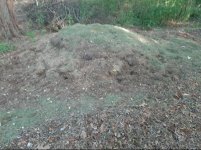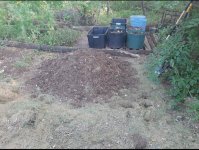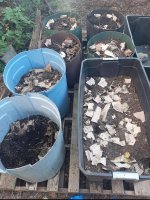So, my growing beds are essentially active worm bins. I have noticed that feeding them cilantro/coriander and celery during flower makes the resin/trich count/content, aroma/odor, taste and potency blow up to a whole new level. Like insane!! I chop up the organic celery and add it in with the bunches of organic coriander just under the mulch.
Researching celery and coriander/cilantro has brought to my attention the fact that there are MANY unnamed and unidentified complex molecules - chemical structures in both. I also feed this to my non-growing worm bins and my grow beds that are resting and being reborn by the wigglers.
My other inputs are very diverse of course but, this took a very healthy, productive, and easy growing method to a whole different level.
Researching celery and coriander/cilantro has brought to my attention the fact that there are MANY unnamed and unidentified complex molecules - chemical structures in both. I also feed this to my non-growing worm bins and my grow beds that are resting and being reborn by the wigglers.
My other inputs are very diverse of course but, this took a very healthy, productive, and easy growing method to a whole different level.










